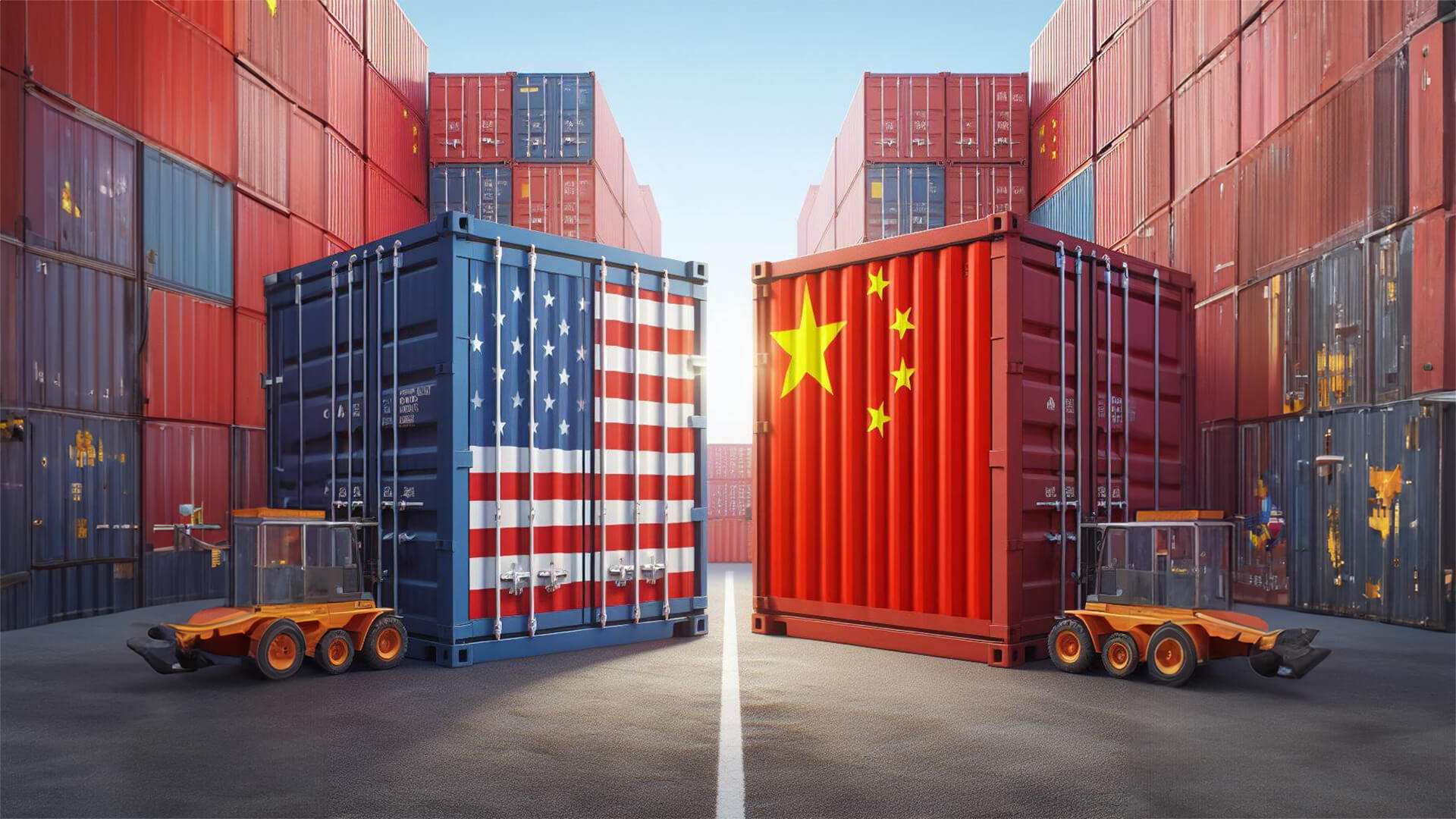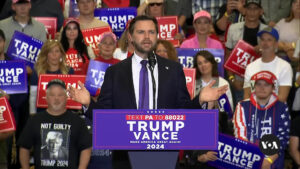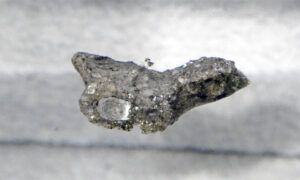The Trump administration is planning to impose some hefty tariffs on China. This isn’t just to reform trade practices and show China “who’s the boss”, but rather to shift industrial production away from China permanently.
Trump’s goal is to wean the US off that $500 billion worth of annual imports. This is going to be a challenging time for everyone involved; China is having their feet swept out from under them, and the US will have to find someone who can replace the Chinese (because we surely can’t do it on our own). And not to mention an unwanted bump in living costs for the Americans.
It’s not all bad news bears though. The US has enough cheap energy to help build all the processing and manufacturing it might need, but it will require significant investments, policy changes, and TIME. Trump has the right idea, but his approach is lacking a bit of the strategic depth that this will require.
Here at Zeihan on Geopolitics, our chosen charity partner is MedShare. They provide emergency medical services to communities in need, with a very heavy emphasis on locations facing acute crises. Medshare operates right in the thick of it, so we can be sure that every cent of our donation is not simply going directly to where help is needed most, but our donations serve as a force multiplier for a system already in existence.
For those who would like to donate directly to MedShare or to learn more about their efforts, you can click this link.
Transcript
Hey, everybody. Peter Zeihan here, coming to you from Colorado. Today’s the 26th of November, and today we’re going to talk about the incoming Trump administration’s initial plans for trade policy.
Last night, Donald Trump texted out that he plans to levy very sharp tariffs on Mexico, Canada, and China—our three largest trading partners. For this discussion, we’ll focus on the Chinese component.
We’re talking about China first because Mexico and Canada are different issues with different factors at play. First, with China: we don’t like China, and China doesn’t like us very much. The Trump tariffs, if implemented on the Chinese merchandise exports that come to the United States—roughly half a trillion dollars a year—would increase the average cost of living for the average American, every man, woman, and child, by about a thousand U.S. dollars a year.
The stuff that comes from China, like I said, is mostly manufactured goods, almost exclusively. The bulk of it falls into the electronics category, which includes computers, cell phones, cellular technology, white goods, consumer goods, and parts that can go into pretty much anything.
The Chinese have a very predatory trade system, so overall support from the U.S. citizenry is likely to be pretty high, despite the cost of this. This is a more traditional tariff goal here. The Trump administration has long wanted to reroute global trade flows, specifically where China is involved.
That means punishing the Chinese until alternatives can be generated. But therein lies the rub. No American trade policy going back to World War II has ever been very good at building that alternative system. We punish countries we think are engaging in unfair trade practices, but those punishments are usually designed to get them to dismantle those trade policies so we can return to something more fair or normal.
That is not the goal this time around. The goal here is to permanently relocate industrial plants. Simply throwing on a tariff and funneling the money to a general fund doesn’t achieve that. You also need to build a complementary industrial policy that takes some of the income and uses it to build a long-term alternative.
Here’s where the challenge and the opportunity lie. First, the challenge: the things China does, it doesn’t do by itself. It has relatively low-cost wages, especially for its mode of production. However, it’s not a very profitable industrial power. It has only managed to get to where it is now and maintain its position through a massive amount of subsidies.
If those subsidies were to go away, you would see mass de-industrialization of China, which would probably lead to the collapse of its political system. The Chinese aren’t even going to consider that, which is ultimately what a normal trade policy would aim for. To overpower that, you’d not only need a fairly steep tariff rate—much higher than the 10-25% that Trump’s team is suggesting—you’d also have to build an alternative.
When it comes to things like electronics assembly and components creation, the United States is not a very competitive player in that market. Our labor, to be perfectly blunt, is too highly skilled. The same goes for Canada and Mexico. You’d need to develop a different model, and doing that quickly is very difficult and expensive.
However, there is some low-hanging fruit. The Chinese dominate not just electronics manufacturing and assembly but also materials processing—turning bauxite into aluminum, cobalt into cobalt metal, and lithium into battery chassis, for example. This is something the U.S. and the rest of the world have largely stepped back from for two reasons:
- It takes up space and is environmentally damaging, leading to regulatory challenges.
- If the Chinese are willing to pollute their environment, exploit their workers, and subsidize the industry, why compete with them when they can do it cheaper and hand you the end product?
There are problems with that argument. The Chinese have discovered that this gives them leverage in trade talks. However, rebuilding this capacity elsewhere isn’t difficult or even particularly expensive. For example, the U.S., thanks to the shale revolution, produces a huge amount of excess natural gas and has the cheapest natural gas in the world. From that, we’ve developed the cheapest electricity in the world.
Over the last 15 years, the chemicals industry has shifted to run on natural gas rather than oil whenever possible. As of 2024, the United States is by far the largest, highest-quality, and lowest-cost producer of intermediate chemical inputs for modern manufacturing.
But it took the free market 15 years to make that happen. If we want to speed up the process for everything else, it means implementing an industrial policy that uses revenue from Chinese tariffs to help build the supporting infrastructure. This is low-hanging fruit that we need to address anyway. The Chinese won’t be around much longer, and even if they were, we wouldn’t want them to maintain the leverage they currently have.
Building up industrial plants isn’t necessarily expensive. For example, creating capacity for something like aluminum might only cost a few billion dollars. It’s not costly or time-consuming, but “cheap and quick” isn’t the same as “free and immediate.” It requires a policy to make it happen. Otherwise, the market will handle it over the next 15-20 years, but I’d argue we need to start the transition much sooner.
Once that foundation is established, we can begin tackling more difficult pieces like electronics. So far, the Trump administration has not demonstrated an awareness of this level of nuance in tariff policy. The general belief seems to be, “A tariff is good. Do it, and we win.” It’s going to take a lot more effort than that.
That’s the situation with China. The situations with Mexico and Canada are very different, and we’ll tackle those tomorrow.









